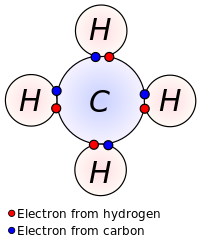Helpful Links
http://www.chemguide.co.uk/physical/kt/idealgases.html
http://chemwiki.ucdavis.edu/Core/Physical_Chemistry/Physical_Properties_of_Matter/States_of_Matter/Gases/Gas_Laws/The_Ideal_Gas_Law
http://hyperphysics.phy-astr.gsu.edu/hbase/kinetic/idegas.html




